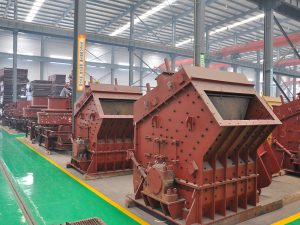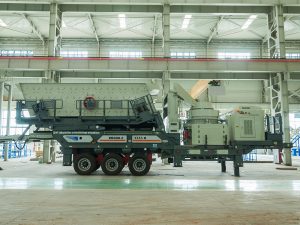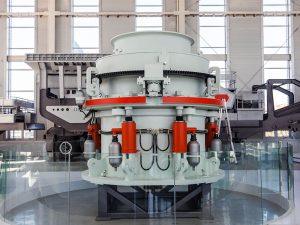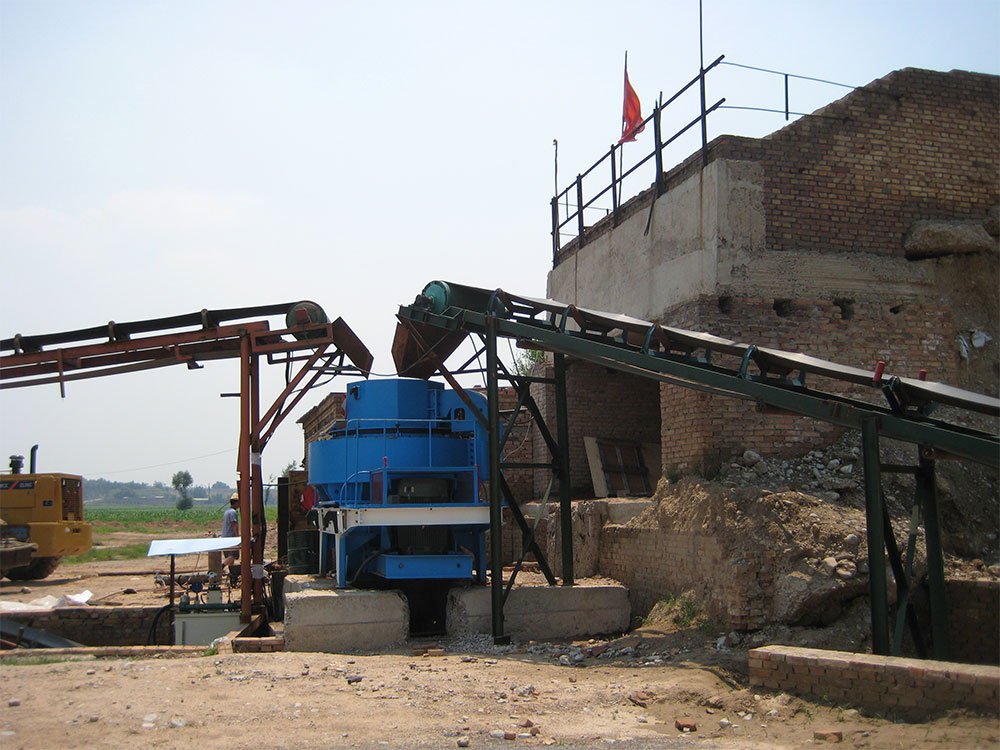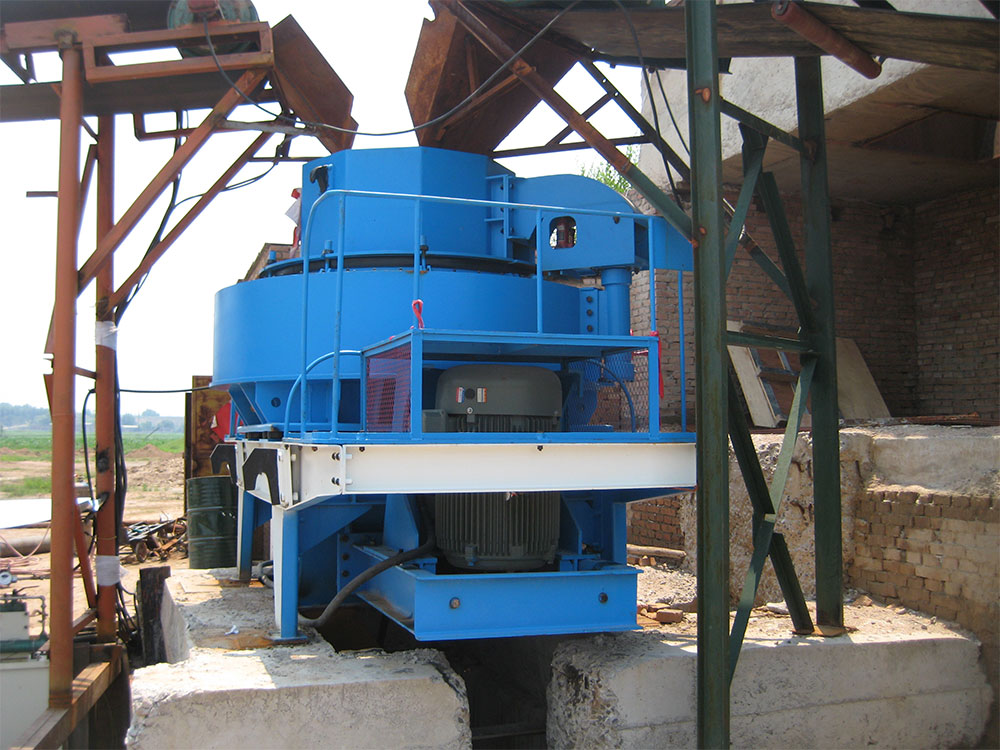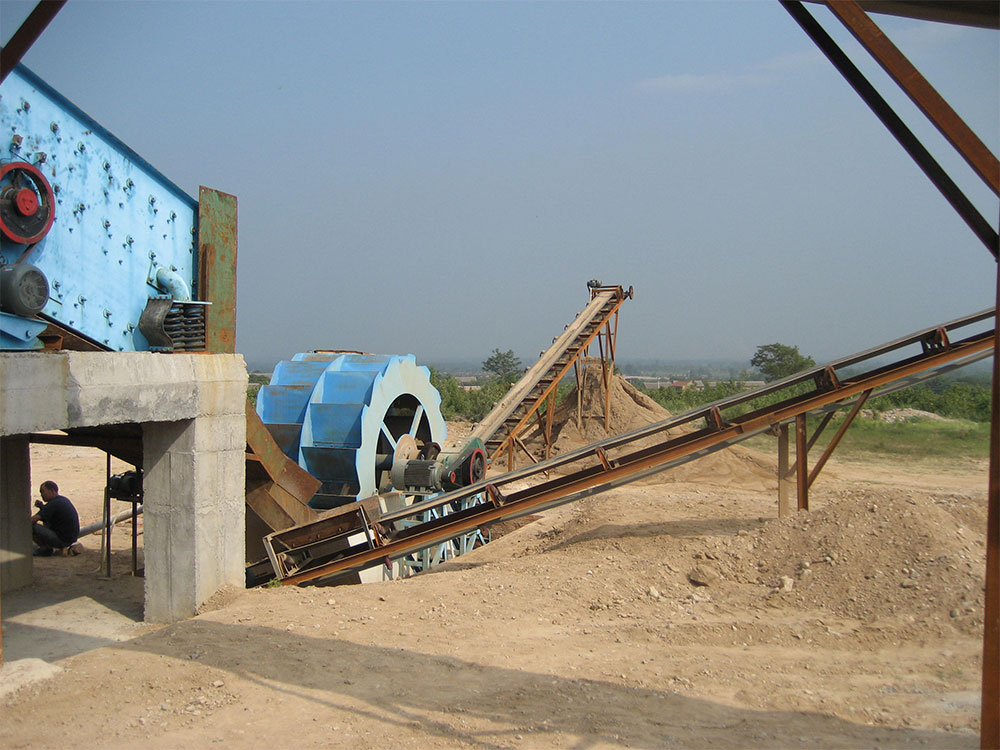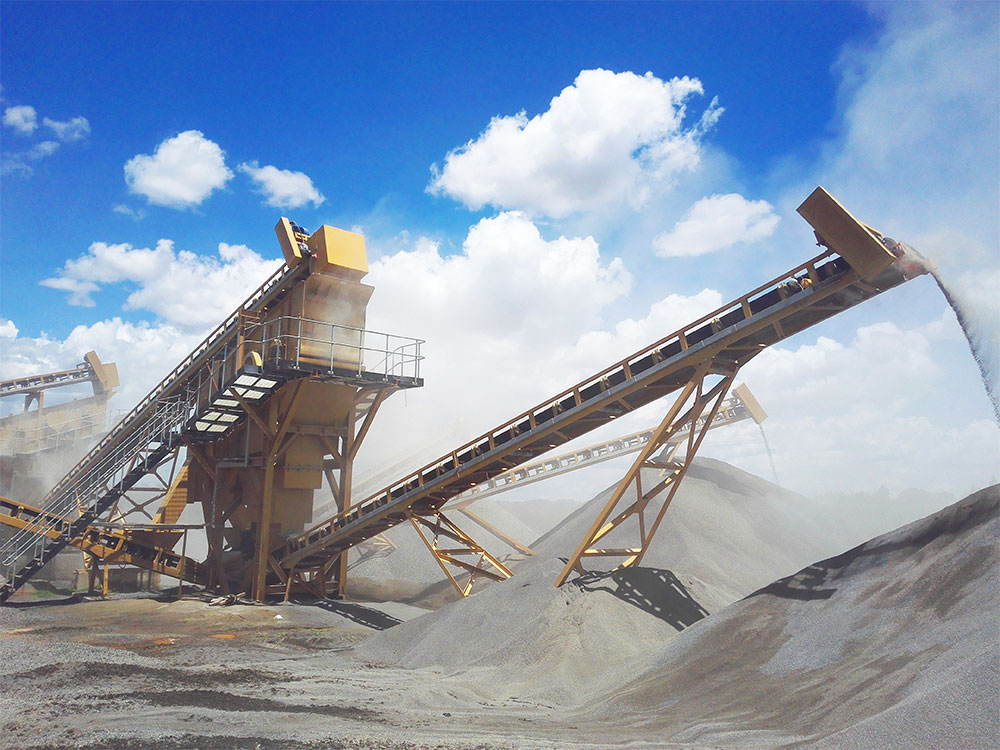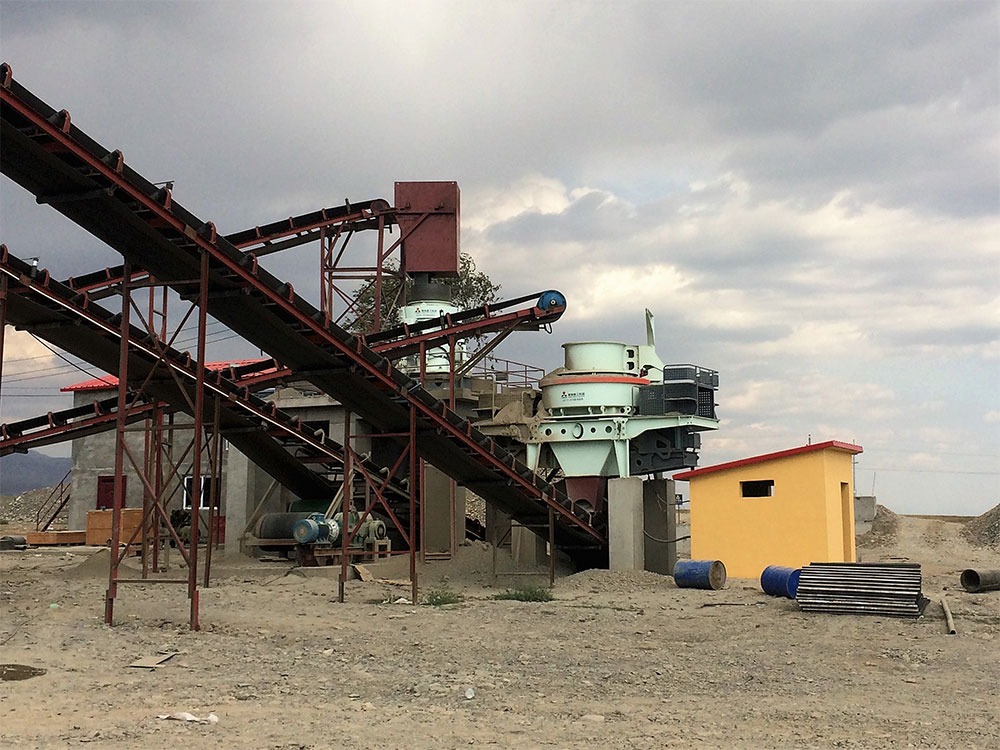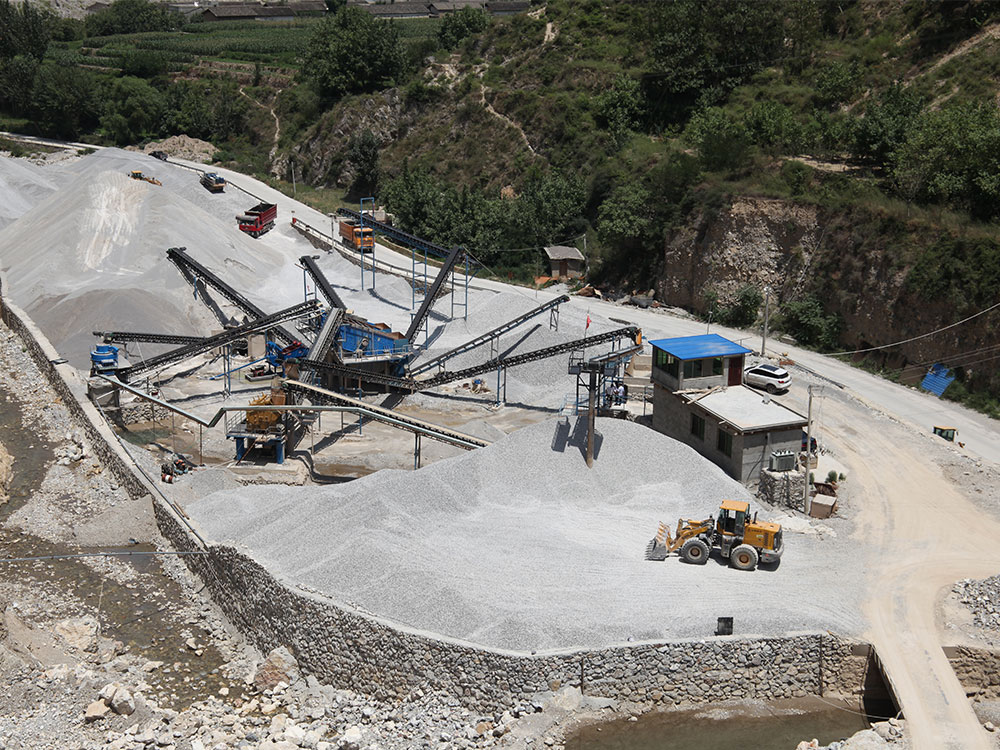In modern construction and industry, gravel is a basic building material with huge demand. Stone, a widely existing resource in nature, can be efficiently converted into gravel that meets various needs through a series of processing processes. Below, we will introduce in detail the main processing flow, key process elements and diversified use of raw materials in this process.
I. Main processing flow
1. Preliminary crushing stage
In this stage, large pieces of raw stone (usually between 80 cm and 1.2 m in size) are first sent to the jaw crusher for preliminary crushing. Jaw crushers are known for their powerful crushing capacity and adaptability to high-hardness rocks (such as granite and basalt). After preliminary crushing, the raw stone is crushed into medium stones with a size of no more than 25 cm, laying the foundation for subsequent processing.
Case: A stone processing plant uses an advanced jaw crusher that can process 500 tons of raw stone per hour, greatly improving production efficiency.
2. Intermediate crushing stage
The stones that have been initially crushed then enter the intermediate crushing stage. Depending on the hardness of the rock and specific needs, the factory will choose a cone crusher or an impact crusher for further crushing. Cone crushers are suitable for processing high-hardness rocks, while impact crushers are more suitable for processing medium-hardness and soft rocks. After this stage, the stones are further crushed into small stones of 1 to 5 cm in preparation for the sand making step.
Data: The crushing efficiency of granite processed by cone crusher can be increased by more than 30%.
3. Sand making and shaping step
In the sand making and shaping step, the small stones are sent to the impact sand making machine (vertical shaft type) for fine crushing and shaping. The equipment uses the principle of "stone hitting stone" or "stone hitting iron" to hit the stones into sand particles through the high-speed rotating rotor. At the same time, by adjusting the rotor speed and the angle of the impact plate, the size and shape of the sand particles can be accurately controlled to ensure that the sand particle size is between 0.25 and 5 mm, and the particle size ratio is optimized to meet different construction needs.
Technical highlights: Modern impact sand making machines are equipped with intelligent control systems that can automatically adjust parameters according to the real-time detection results of sand particles to ensure stable product quality.
4. Screening and reuse process
The screening process is a key step to ensure the quality of sand and gravel. The vibrating screen divides the sand particles into coarse sand, medium sand and fine sand to meet different construction needs. At the same time, unqualified particles (such as oversized or undersized particles) will be re-entered into the sand making process for reuse to ensure efficient use of resources.
5. Sand washing step (optional)
The sand washing step is to remove impurities such as soil and stone powder from the sand particles and improve the sand quality. In this step, the sand particles are sent to the wheel bucket sand washing machine for washing. At the same time, in order to protect the environment, the factory is also equipped with a sewage treatment system to treat and recycle the sewage generated during the washing process to achieve green production.
II. Analysis of key process elements
1. Raw material selection
The selection of raw materials is the basis for ensuring the quality of sand and gravel. Applicable rocks include granite, basalt (high hardness), limestone (fragile), pebbles (good shape), etc. At the same time, in order to avoid damage to the equipment and affect product quality, strongly acidic or alkaline rocks and rocks with compressive strength below 80MPa should be prohibited.
2. Particle size control Particle size control is the key to ensure that sand and gravel meet construction needs. By adjusting the size and number of screen apertures, the classification and particle size distribution of sand can be accurately controlled. At the same time, customized production can be carried out according to customer needs to provide sand and gravel that meet specific requirements.
3. Stone powder content control Stone powder content is one of the important factors affecting the quality of sand and gravel. In order to control the stone powder content within a reasonable range (3% to 10%), the factory is equipped with dust removal equipment to collect and process the stone powder generated during crushing and screening. At the same time, the parameters of the dust removal equipment can be adjusted according to customer needs to meet different stone powder content requirements.
III. Diversified use of raw materials
1. Reuse of construction waste and tailings
With the acceleration of urbanization and the increasing depletion of mineral resources, the reuse of construction waste and tailings has become an important topic. After crushing, screening and other process treatments, these wastes can be used as an effective substitute for natural sand in construction, roads and other fields. This can not only reduce resource waste and environmental pollution, but also reduce production costs and improve economic benefits.
Case: A city uses construction waste to produce recycled sand and gravel, which can save tens of thousands of tons of natural sand resources each year and reduce the cost of construction waste treatment.
2. Preparation of high-quality machine-made sand
High-quality machine-made sand is a kind of sand and gravel with excellent physical properties and chemical stability, which is widely used in high-performance concrete, high-speed railways and other fields. Its preparation raw materials mainly include fragile rocks such as limestone. Through crushing, grinding, air separation and other process treatments, high-purity machine-made sand can be produced. At the same time, in order to meet the needs of different fields, the machine-made sand can also be further processed and treated, such as polishing, dyeing, etc.
Summary: The process of converting stone into sand and gravel is a complex and delicate process involving multiple links and key process elements. Through reasonable raw material selection, particle size control and stone powder content control, the quality of sand and gravel can be ensured to meet construction needs. At the same time, the diversified use of raw materials also provides a broader space and possibility for the production of sand and gravel.


